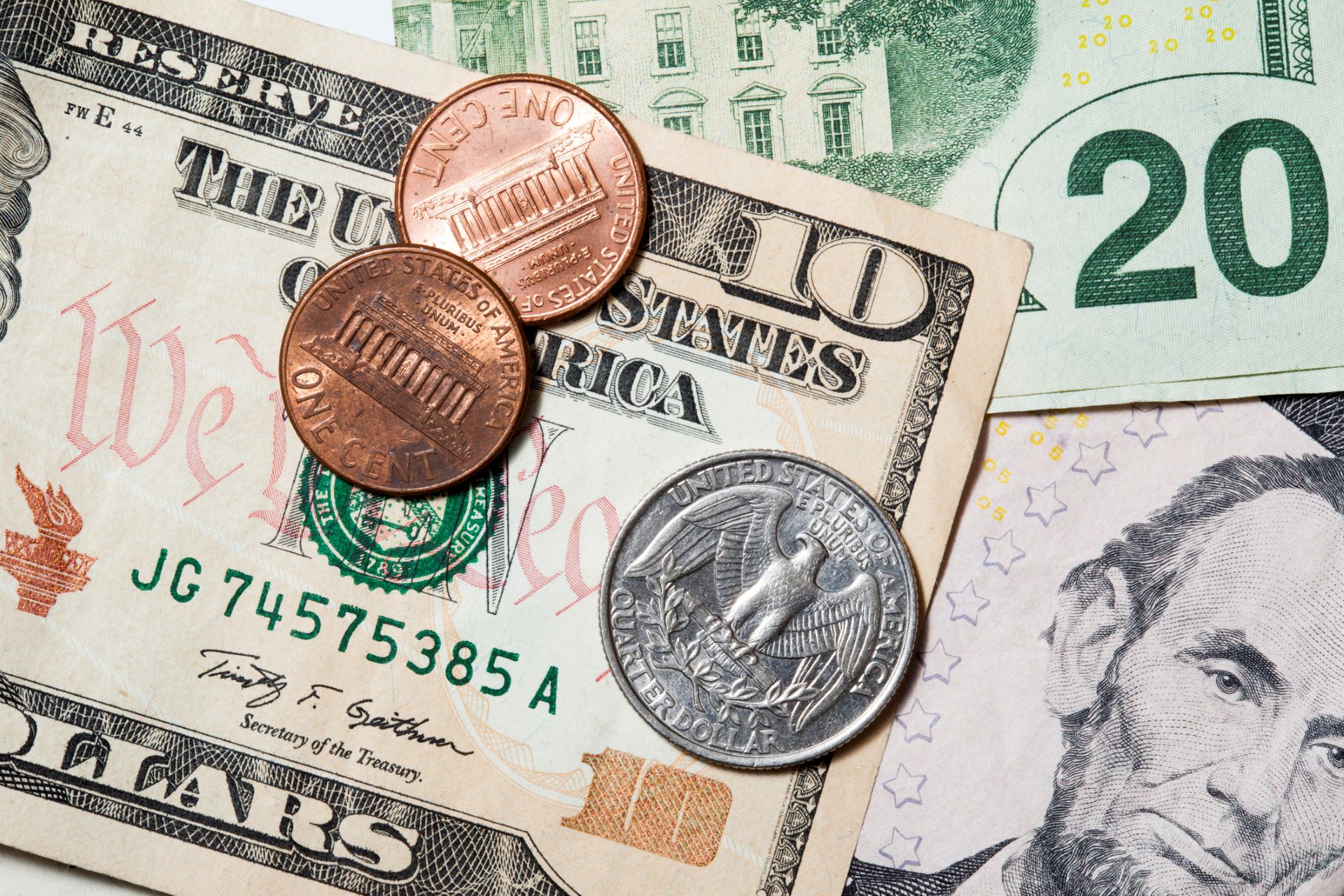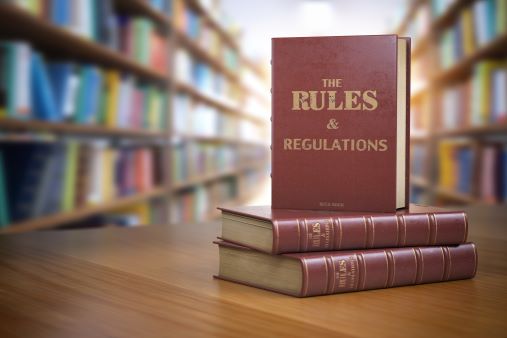*Please note that this information is subject to change based on the constant release of new guidance and information
For many affected businesses, the Coronavirus Aid, Relief and Economic Security Act (CARES Act) provides opportunities to receive assistance or relief in order to make it through the COVID-19 pandemic.
Included in the act is $349 billion allocated for loans guaranteed by the Small Business Administration (SBA) to small businesses and other businesses and nonprofits with fewer than 500 employees, which will run through the SBA’s existing Section 7(a) business loan program.
As of this date, the application process has not been finalized. However, eligible businesses will find it in their best interest to get in touch with their bank as soon as possible to determine whether the bank is an approved SBA lender and to initiate discussions regarding the loan. Also, the SBA has a “Lender Match” tool available to assist such businesses in finding an approved SBA lender.
PAYCHECK PROTECTION PROGRAM LOAN (PPP LOAN)
Eligibility: The act increases the number and types of businesses that are eligible to receive assistance as compared to a typical SBA loan. Under the Paycheck Protection Program (PPP) Loan, in addition to small business concerns eligible for SBA loans, eligible entities include businesses, 501(c)(3) nonprofit organizations, veterans organizations, or Tribal business concerns with 500 or fewer employees (including full-time and part-time employees), which number may be increased for certain industries that are subject to higher employee thresholds as set forth in the SBA’s size standard tool. Certain self-employed individuals, sole proprietors and independent contractors also may be eligible to participate in the PPP Loan program; as are certain hospitality and food service industry businesses as long as they do not have more than 500 employees working at each different physical location. To be eligible, the business concern must also have been in operation on Feb. 15, 2020, and paid employees or independent contractors during operations.
One potential limitation on the eligibility of a company relates to the application of the SBA’s standard rules on affiliation. If two or more businesses are considered “affiliates” under these rules, the number of their employees of each company will be aggregated to count toward the 500-employee limit. For example, two affiliated companies with 300 employees each would be considered to have 600 employees, and neither would be eligible for the PPP Loan program. The SBA affiliation rules are very broad, and affiliation is determined based on a wide-range of methods of control, as determined by the SBA, including more than 50 percent ownership; significant minority ownership vis-à-vis other minority owners; certain voting/contractual veto, approval, or other similar rights; or managerial control.
Loan Size: An eligible business may receive an amount of up to 2.5 times the average of the business’s monthly “payroll costs” or $10,000,000, whichever is lower. Payroll costs are defined in the act to include: salary, wages, commission, or similar compensation; payment of cash tips or equivalent; payment for vacation, parental, family, medical or sick leave; allows for dismissal or separation; payments for providing group healthcare benefits, including insurance premiums; payments for retirement benefits; and payments of state or local taxes assessed on the compensation of employees.
For any employee whose compensation is greater than $100,000 on an annualized basis, that portion in excess of $100,000, on a prorated basis, is excluded from the determination of “payroll costs.”
Self-employment income or compensation for sole proprietors and independent contractors, subject to a similar $100,000 limitation, are included in “payroll costs.”
Use of PPP Loan Funds: The business may use PPP Loan proceeds to pay salaries and wages (including normal commissions), costs related to continuing group healthcare benefits during paid leave, other employee compensation, mortgage interest, rent, utilities, and interest on debt if the obligation was incurred before Feb. 15, 2020. If the business already received an Economic Injury Disaster Loan (EIDL) on or after Jan. 31, 2020, it may refinance and convert the EIDL to a Section 7(a) loan using the proceeds from the PPP Loan.
Favorable Business Terms: The act sets out a number of favorable business terms for PPP Loans. In addition to potential forgiveness of PPP Loan principal, any portion of the PPP Loan that will need to be repaid will have up to a 10-year term with an interest rate not to exceed 4 percent.
The act waives the requirements of business owners providing personal guarantees and businesses having to provide collateral to secure the PPP Loan. In addition, a “credit elsewhere” underwriting test is used for other SBA loan programs – where a business could be ineligible if the SBA determines that it could obtain credit from a private source on reasonable terms – is eliminated with respect to PPP Loan. Finally, the act protects individual business owners by eliminating any personal recourse that the SBA may have against any individual owner except to the extent the funds are used for an unauthorized purpose.
Borrowing Procedures: In order to apply a PPP Loan, the act requires a borrower must make a good faith certification that the loan is necessary in light of the current economic conditions, an acknowledgement that the funds will be used for the outlined purposes, and that it does not have other applications or has not received any funds for other PPP Loans.
Once the SBA finalizes the application process (expected during the week of March 30-April 3), SBA lenders will know what other information will be required for PPP Loans. In the meantime, though, businesses considering applying should gather certain basic information, such as key organizational documents, its tax identification number and payroll costs (including associated benefit costs described above) for the past 12 months. Applications are expected to be processed on a rolling basis in the order of applications received.
Many commentators have noted that the $349 billion allocated for the PPP Loan program likely will not satisfy the demand, so it is important for business to make contact with an approved SBA lender as soon as possible.
LOAN FORGIVENESS AND DEFERRAL
A business receiving a PPP Loan is eligible for forgiveness of the loan in an amount equal to the payroll costs, interest on a mortgage, rent, and utility payments incurred during the eight-week period starting from the date of the loan. As a result, it is possible that the full amount of the PPP Loan could be forgiven.
To apply for forgiveness, the business must submit an application to the lender including documentation verifying payroll, pay rates, mortgage payments, rent payments and utility payments. The business must also provide an officer’s certificate acknowledging that the presented documentation is true and the amount of requested forgiveness was used to retain employees and for other qualified purposes. The lender must make a decision regarding qualification for forgiveness within 60 days after its receipt of the application for forgiveness.
The amount of forgiveness may be reduced due to reductions in number of employees or salary as compared to a specified pre-COVID period. However, if the business rehires or restores salary before June 30, 2020, to pre-COVID levels, the amount of forgiveness will be determined without regard to the previous reduction in employees and salary. Pursuant to the act, the amount forgiven will not create income tax.
Lenders are required to provide deferral of all principal, interest and fees for PPP Loans for at least six months, up to a period of one year. This deferral period should give businesses and lenders time to determine the amount of any loan forgiveness.
ECONOMIC INJURY DISASTER LOANS
The act also made an existing SBA loan program easier to obtain and more attractive. Through Dec. 31, 2020, any business with 500 or fewer employees may apply directly to the SBA for an EIDL in response to COVID-19. For EIDLs made during the covered period, personal guarantees will not be required for loans of $200,000 or less. A new benefit provided by the act is the opportunity for an immediate emergency advance of $10,000. The amount of the advance would not have to be repaid even if the EIDL is denied. The SBA is obligated to fund the $10,000 within three days of its receipt of the application. The act authorizes an additional $10 billion for such loans.
To obtain more information, please contact the Barnes & Thornburg attorney with whom you work, or Jason Myers at 214-258-4157 or jason.myers@btlaw.com, Jeremy Reidy at 260-425-4662 or jeremy.reidy@btlaw.com, Jenni Tauzel at 214-258-4145 or jtauzel@btlaw.com, Mary Comazzi at 947-215-1319 or mary.comazzi@btlaw.com, or Ryan Barncastle at 310-284-3822 or ryan.barncastle@btlaw.com.
© 2020 Barnes & Thornburg LLP. All Rights Reserved. This page, and all information on it, is proprietary and the property of Barnes & Thornburg LLP. It may not be reproduced, in any form, without the express written consent of Barnes & Thornburg LLP.
This Barnes & Thornburg LLP publication should not be construed as legal advice or legal opinion on any specific facts or circumstances. The contents are intended for general informational purposes only, and you are urged to consult your own lawyer on any specific legal questions you may have concerning your situation.















